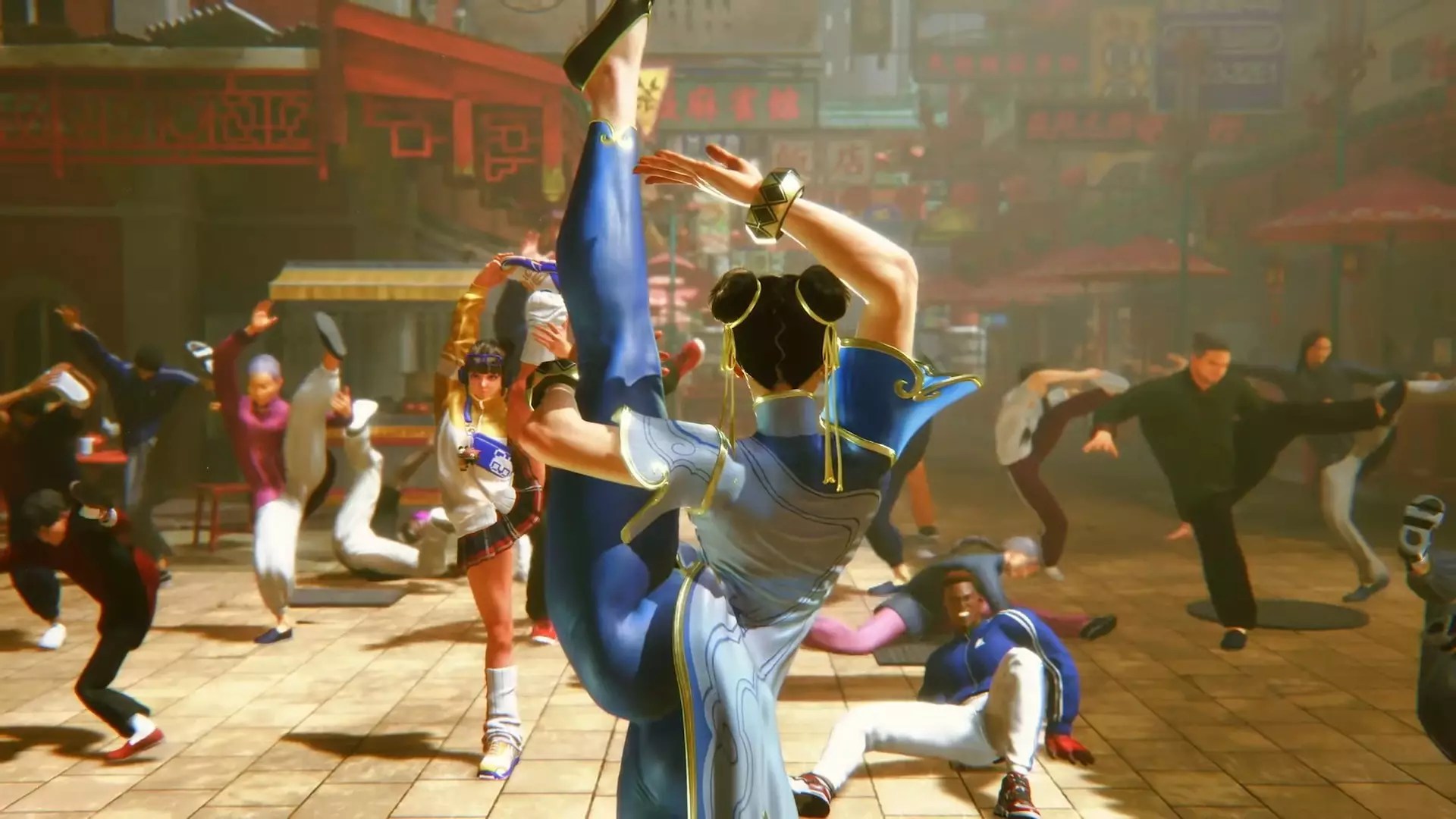Capcom, a titan in the fighting game genre, is stirring excitement among fans with the announcement of a new wave of costumes for Street Fighter 6. This has reignited conversations surrounding the game, particularly its somewhat underwhelming wardrobe options compared to its predecessors. Despite being well-received overall, Street Fighter 6 has faced scrutiny over its relatively meager assortment of character costumes, a stark contrast to the bounteous selection players enjoyed in earlier entries like Street Fighter V. The introduction of the latest post-release outfits represents both a marketing strategy to boost engagement and an opportunity to showcase the development team’s creativity.
The game originally released with only default costumes and one additional outfit per character, most of which were retro nods. This paltry selection left many fans yearning for more. After a long wait, Capcom dropped Outfit 3 in December 2023, but fans continued to wonder why the costume releases were so slow to materialize. Amid this yearning for more aesthetic variety, Capcom decided to reveal their second batch during the recent Capcom Spotlight stream, stirring both joy and skepticism among dedicated players.
Fanservice and Nostalgia: A Delicious Combination
Among the most anticipated features of this latest costume release is the introduction of swimsuits. Capcom is clearly capitalizing on fanservice, banking on the appeal of revealing outfits to generate buzz. The first wave of these new costumes is set to drop on August 5, coinciding with the introduction of the character Sagat. It features eye-catching swimwear for popular figures like Chun Li, Cammy, Kimberly, Manon, Jamie, and Luke, effectively captivating the attention of a segment of the fan base that revels in this kind of homage. The response on social media, particularly Twitter, has been overwhelmingly positive. Characters in revealing swimwear are a classic gaming trope and resonate well in a fandom that appreciates such eye candy, but Capcom has taken it a step further by intertwining these designs with art from nostalgic sources.
The Chun Li and Cammy outfits are not merely quick cash grabs; they are directly inspired by classic art from Kinu Nishimura, a legendary figure in the franchise, returning to the roots while appealing to both long-time fans and newcomers. The blend of nostalgia with contemporary design is a clever move by Capcom, allowing players to dive into the game in style while honoring its storied history.
The Creative Process and Community Engagement
An exciting aspect of the release is the deeper layer of creativity involved. For Manon, one of the newer characters, the outfit draws from the recently published Street Fighter Swimsuit Special comic book cover art by Udon, demonstrating Capcom’s ability to foster community connection through collaborative creativity. Artists who contribute to the franchise feel pride when their work gains recognition in a beloved game. This practice not only builds rapport between developers and the community but also champions the artistic diversity that enriches the game’s universe.
The inclusion of voice actors like Aleks Le, who voices Luke, further adds to the charm of these costume releases as they engage with fans openly, sharing their enthusiasm through quirky and light-hearted commentary. This kind of interaction breathes life into the brand and enhances the overall player experience, making fans feel closer to the characters and the creators than ever before.
The Balance of Tradition and Innovation
However, it remains to be seen whether Capcom will expand the range of Outfit 4 beyond swimsuits or explore different themes entirely. While the bikini trend will undoubtedly draw attention, the gaming community is also vocal about wanting variety and innovation in character designs. Certain iconic characters like Zangief already flaunt minimal attire, and thus there’s a creative risk in pushing these costume releases too far toward scantiness. Balancing tradition with innovation is key; fans want to see bold and fresh designs while still feeling grounded in the roots of their favorite characters.
The realization that the long wait for new costumes comes amidst a culture of evolving player preferences opens a dialogue about the aesthetics of fighting games. Developers must remain agile, listening to player feedback while crafting designs that maintain character integrity and appeal.
Capcom is poised on the edge of an intriguing chapter with its costume releases for Street Fighter 6, where nostalgia intertwines with modern creativity. Enthusiasm is high, but it brings to the forefront a more extensive conversation on how to handle character design in a landscape that demands constant reinvention. As the costumes begin to roll out, one can’t help but wonder whether Capcom is merely tapping into a fad or establishing a fresh standard for fighter customization.


Leave a Reply